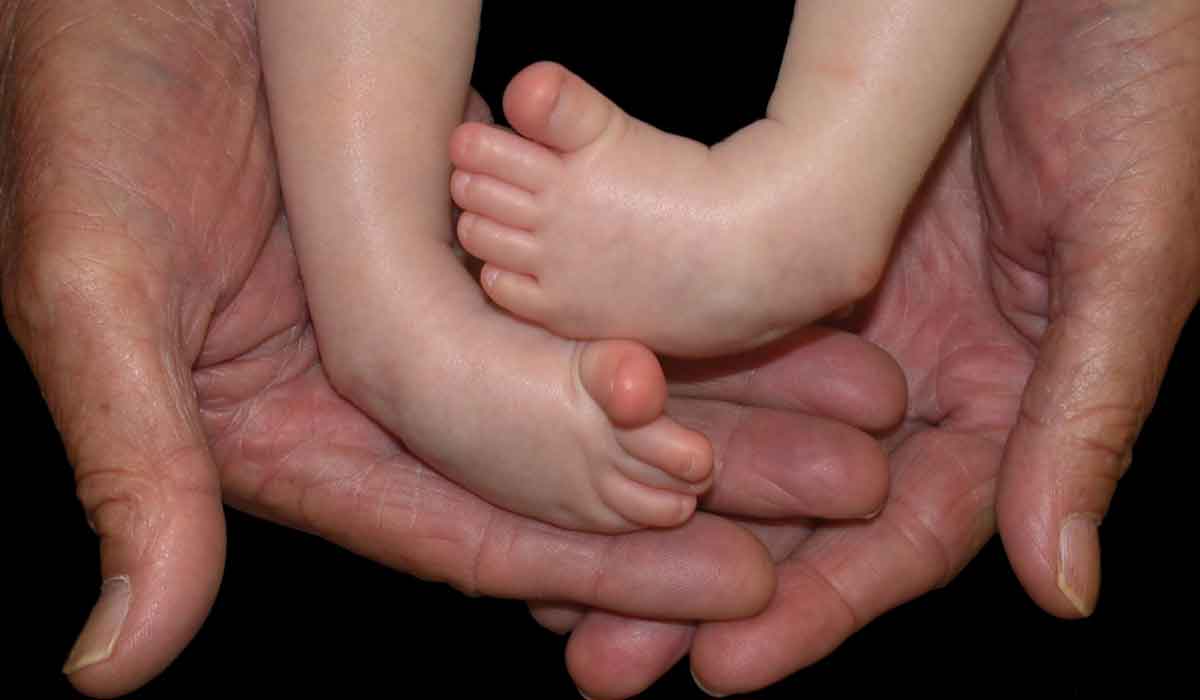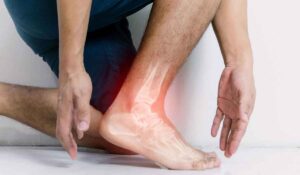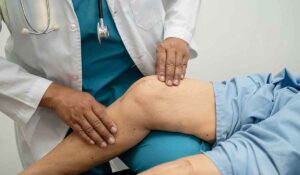Club foot Don’t let the child live with deformity
Early treatment can save your young ones’ mobility. what is it?
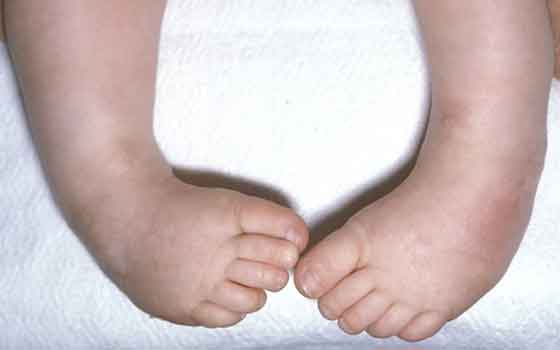
The club foot is a congenital deformity that affects the shape and position of the feet. It causes one or both feet to turn inward and downward, making it difficult for the child to walk normally. When a child is born, it’s a surprising and never excepting situation for new parents and the concerned family to accept the condition of their child’s foot. As this is one of the rare deformities of which a large section of people are unaware in both sectors whether urban or rural. According to the world health organisation (who), the prevalence of club foot is estimated to be about 1 in 1,000 live births globally, including in India. The exact cause of club foot is unknown, but it is thought to be a combination of genetic and environmental factors.
What causes club foot (CTEV)
As a new parent, you will be digging google to find out how it happened, what might have caused your child to have this problem, and what led to this problem. Your head will be full of confusion, but the exact cause of club foot is not fully understood, but it is thought to be a combination of genetic and environmental factors in reality. This means that certain genes or environmental exposures may increase the risk of a child developing club foot.
Some of the known or suspected risk factors for club foot include:
Genetics: Club foot is often hereditary, meaning that it can be passed down from one generation to the next through genes. If a parent has a club foot or has a family history of club foot, their child may be more likely to develop the condition.
Environmental factors: There is some evidence to suggest that certain environmental factors may increase the risk of club foot, such as a mother smoking or taking certain medications during pregnancy.
Abnormal fetal development: Club foot may be caused by abnormal development of the feet in the womb. This could be due to problems with the muscles, bones, or connective tissue of the feet.
You are lost: do any of the above causes lead to your child developing abnormal foot?

The answer is it might be or might not be, as in many cases there is no reason for this. This situation is called idiopathic (without any reason)
Now,what to do??
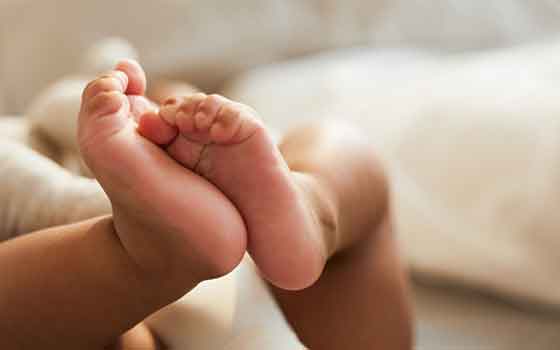
“Give your child the best intervention to conquer this world”
The right treatment can save your child from a disability. The first line of treatment can be explained by you your gynaecologist where your child was delivered. They are the ones who can guide you in a scientific way treatment for this problem.
There are various methods:
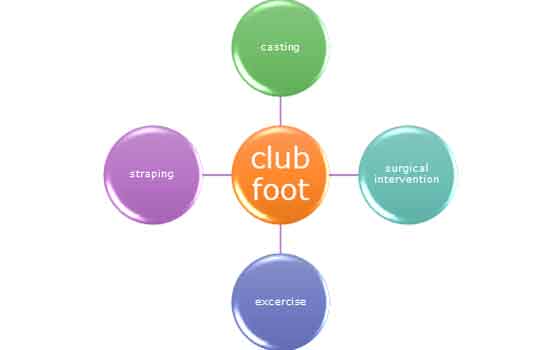
Club foot is typically treated with a combination of physical therapy and surgery. The goal of treatment is to correct the position and shape of the feet, as well as to improve mobility and function. Here is an illustration fot the treatment of club foot:
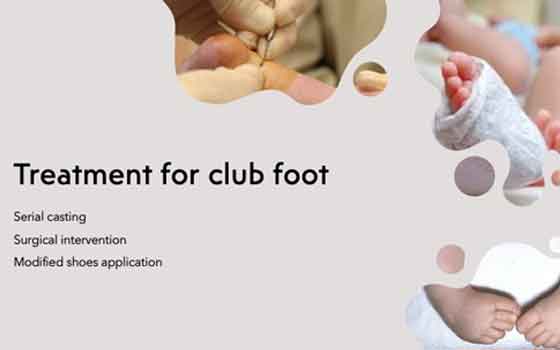
It’s a time to have patience:
Medical science has an approved treatment and guidelines to completely cure this problem, but as a parent and family member you need to have patience as it takes 3-5 years of step wise care to be completely independent on your foot. Following are the treatment options which you can opt for:
Physical therapy:
This is often the first step in the treatment of club foot. Physical therapy can help to gently stretch and move the muscles and tendons in the affected foot, helping to improve its shape and function. Physical therapy may include exercises, stretches, and other techniques to improve mobility and range of motion. this process is applicable when the deformity is very minor but not very promising. It can be a good complementary treatment post-surgical intervention for club foot.
Serial casting:
Ponseti method of serial casting followed by the release of tendon surgery is a scientifically accepted treatment for the club foot. There might 4 to five times of serial casting in a gap appropriate timing decided by the treating surgeon.
Surgery: If physical therapy alone is not sufficient to correct the position and shape of the feet, surgery may be recommended. There are several different types of surgery that can be used to treat clubfoot, depending on the specific needs of the patient. These may include procedures to correct the shape of the bones, release tight muscles and tendons, or realign the bones and joints.
Application of braces:

It’s important to note that the treatment of club foot often requires a long-term commitment, as it may take several months or years to fully correct the position and shape of the feet.
“To lose patience is to lose battle”
The above-suggested method has given fully proven and scientifically driven results in the treatment of club foot. Don’t let your child suffer. Early treatment is your first step towards complete recovery. As time will pass all the muscles and bones of the foot will start taking the shape towards maturation which will definitely hinders the result of the treatment.
This is the time to meet the expert in your city: Chandigarh
Dr. gagan deep Gupta is an orthopaedic surgeon who completed his degree from Tirunelveli medical college and Stanley medical college Tamilnadu which is one of the pioneer medical institutions for the treatment of rare bone disorders in children. however, He did his fellowship at little flower hospital, angamaly Kerela. These are the least to tell about him, there is a lot to add on about his skills. He has wide experience treating club foot and bones joint problems in children. To meet him and take his expert advice log on drgaganorthosurgery.
Or you can see him in shalby super speciality hospital Mohali. Also you can find him at blossoms physiotherapy, peermuchalla on prior appointment.
Want to insert a picture from your files or add a shape or text box? No problem! In the Insert tab of the ribbon, simply tap the option you need.
Find even more easy-to-use tools in the Insert tab, such as tools to add a hyperlink or insert a comment.

